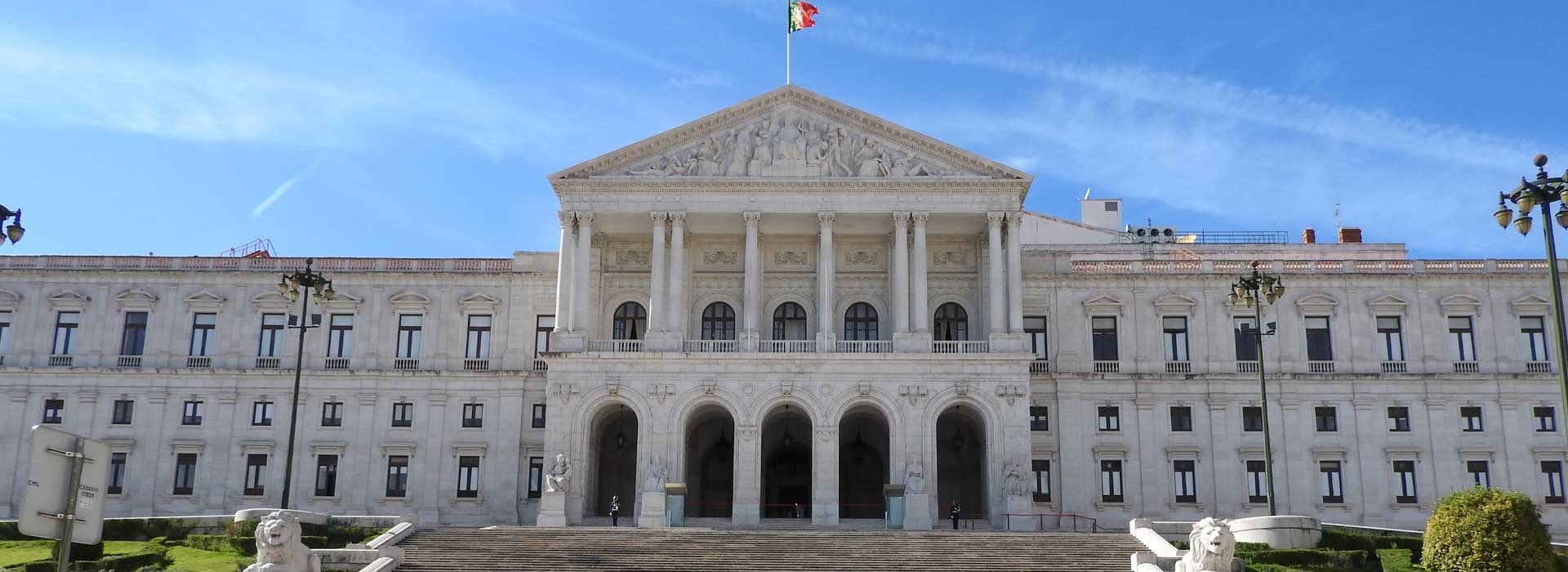
São Bento Palace
São Bento Palace, also known as Palácio da Assembleia, is a significant historical and architectural landmark in Lisbon, Portugal. Originally built in the 16th century as a Benedictine monastery, it was later transformed into the seat of the Portuguese Parliament in the early 19th century, following the dissolution of the religious orders in Portugal. As with much of Lisbon's medieval architecture, this original building suffered severe damage during the devastating earthquake of 1755.
The palace boasts a neoclassical facade, and interiors adorned with stunning frescoes and ornate details. Its grand staircase and assembly rooms offer a glimpse into the country's rich political history. São Bento Palace is open to visitors on select days, offering guided tours that provide insight into Portugal's political system and the building's heritage.
Today, São Bento Palace serves as the home of the Assembly of the Republic, the legislative body of the Portuguese government. Visitors can witness parliamentary debates and explore the grand halls, including the Sala dos Passos Perdidos (Hall of Lost Steps) and the Noble Room, where significant events are held.
The palace's central location makes it an easily accessible attraction for tourists exploring Lisbon's historic districts. A visit to São Bento Palace provides a unique perspective on Portugal's political past and present, making it a must-see destination for those interested in history and governance.
Exterior
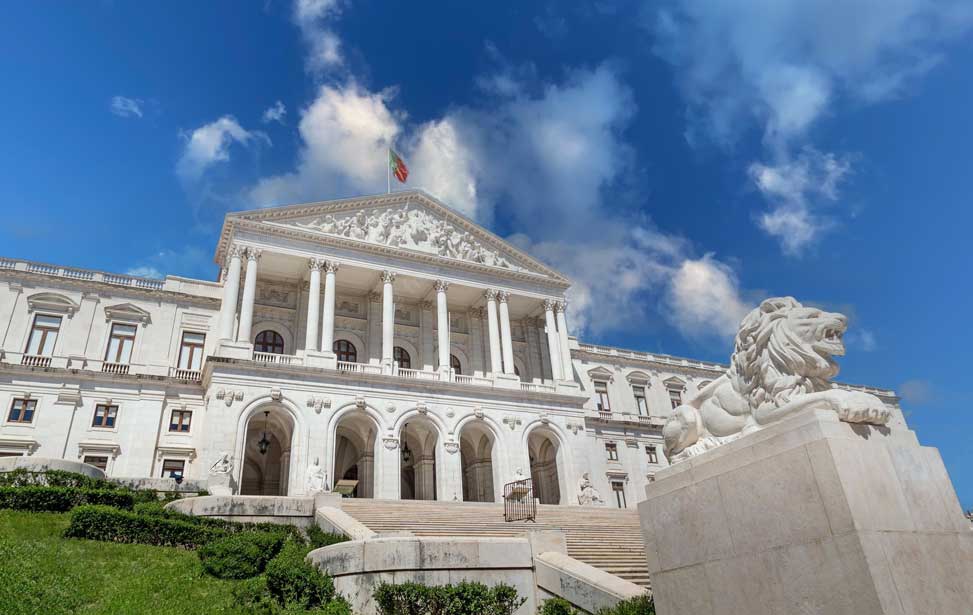
São Bento Palace Exterior
The monumental stairway cascading outside the front façade was added in the 1940s during Salazar's Estado Novo regime. It was designed by Cristino da Silva, who also designed the gardens in the rear of the Palace. Two roaring lion statues stand sentinel at each corner. Tall stone columns support the pediment with four statues representing Prudence, Strength, Justice, and Temperance standing in front. The sculptures in the tympanum represent, among others, areas such as Industry and Commerce.
Interior
The Atrium is situated in the former church of the Monastery of São Bento, its pink and white marble floor an original feature. Busts of preceding Portuguese politicians adorn alcoves on one side along with a statue of D. Carlos I by Teixeira Lopes. Leading up from the atrium is the Noble Staircase designed by the architect Ventura Terra. Eight doorways lead off from the top of the stairways that represent the eight provences of Portugal during the time of construction: Estremadura, Minho, Beira Alta, Trás-os-Montes, Algarve, Alentejo, Douro and Beira Baixa. The doorways are topped by triangular pediments mounted by sculptures. Six large canvases hang from the walls on the top flight of the stairs.
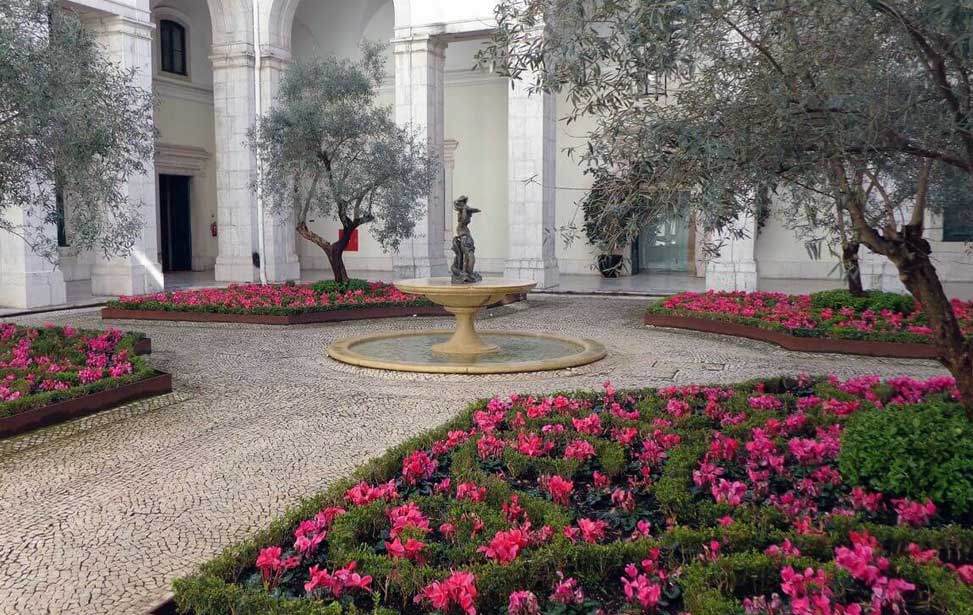
The Cloisters
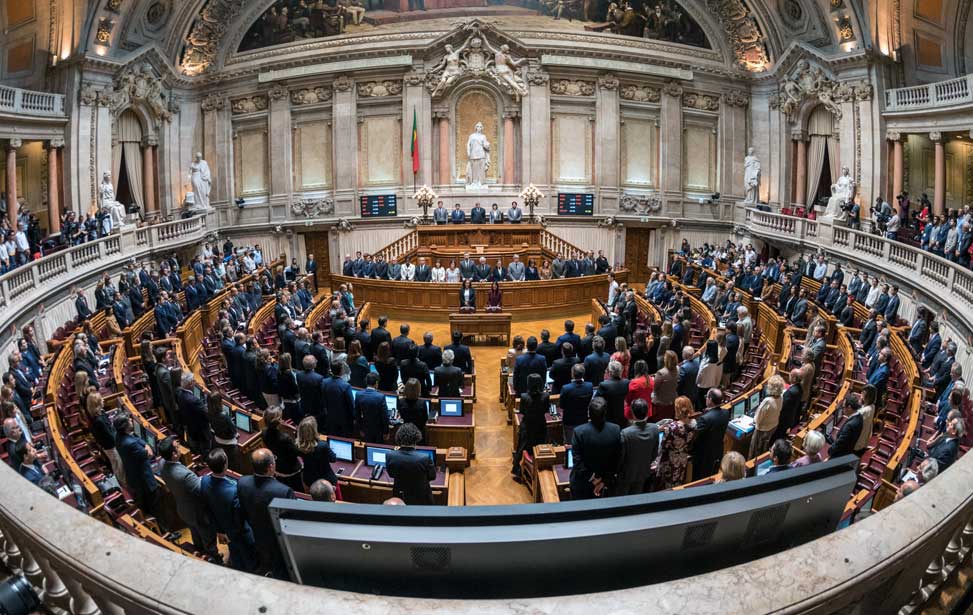
Assembly of the Republic
Gardens

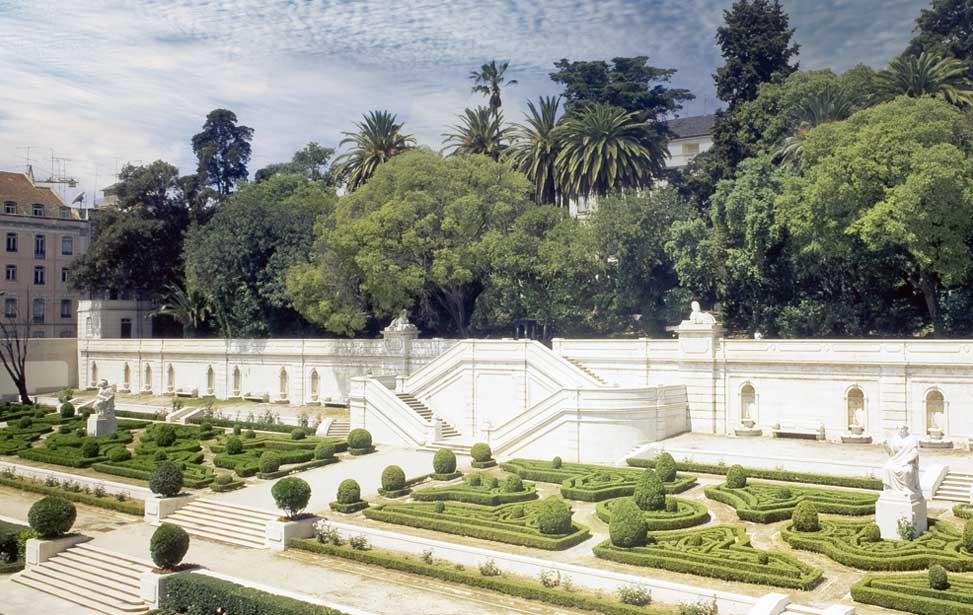
São Bento Palace - Gardens
Visitor Information
Admission to the temporary exhibitions are usually free. The gardens of the Prime Minister’s mansion are also free.
GETTING TO THE SÃO BENTO PALACE
| Tram #28E - stops just outside the palace Timetable | |
| Rato - Yellow Line (last station) Timetable | |
| 713, 773 |
6 Rua Imprensa à Estrela, 1200-619 Lisboa, Portugal.
38° 42' 44.7" N | 09° 09' 19.9" W | +351 213 910 843
dmc.correio@ar.parlamento.pt. | Website
Close By
Amália Rodrigues House Museum
A stroll down Rua de São Bento away from the palace is the Amália Rodrigues House-Museum, the former residence of Amália Rodrigues, one of Lisbon's most iconic Fado star. Amália Rodrigues past away on the 6th of October 1999 and the interior of her home has been preserved just as it was. On display are personal items, such as the many awards Amália Rodrigues recieved during her lifetime, ceramics from Companhia das Índias, portraits, recordings and ostentatious outfits. There's an half-hour guided tour for those who want to know more about this iconic fado diva.
Adult: €7.00, OAP: €6.00, Concessionary: €4.50, Child 0-12: FREE. ![]() Lisbon Card: -20%
Lisbon Card: -20%
Foundation Amália Rodrigues, 193 Rua de São Bento, 1250-219 Lisbon, Portugal.
38° 42' 55.8" N | 09° 09' 16.1" W | Website
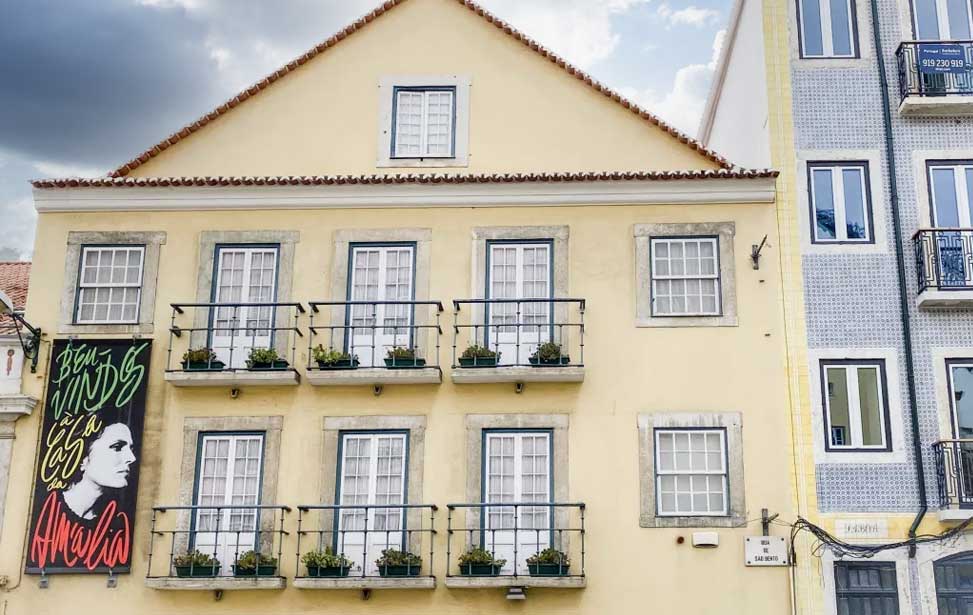
Amália Rodrigues House Museum
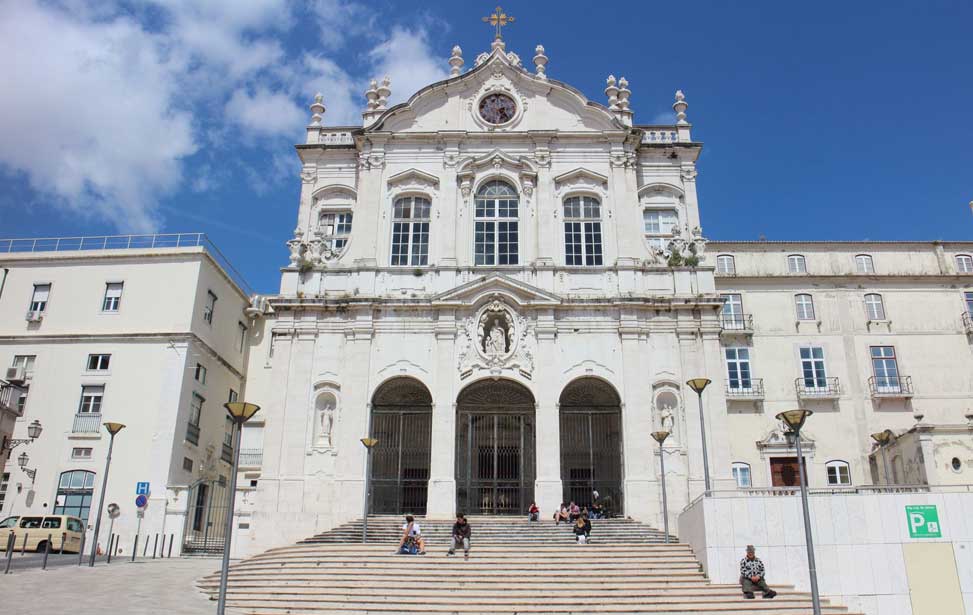
Igreja de Jesus (Igreja de Nossa Senhora das Mercês)
Igreja de Jesus
Also known as the Igreja de Nossa Senhora das Mercês the 18th century façade of the Igreja de Jesus hides a treasure inside. Its vaulted ceiling is totally covered in azulejo tiles dating from 1714. Its the work of master tiler António de Oliveira Bernardes and represents the devotions of the Virgin Mary. As a working church it opens for mass only but if you're passing and the door is open, it's well worth having a look-see inside.
Largo de Jesus, 1200-317 Lisboa, Portugal. | 38° 42' 44.7" N | 09° 09' 01.7" W



 Lisbon Card Discounts
Lisbon Card Discounts






